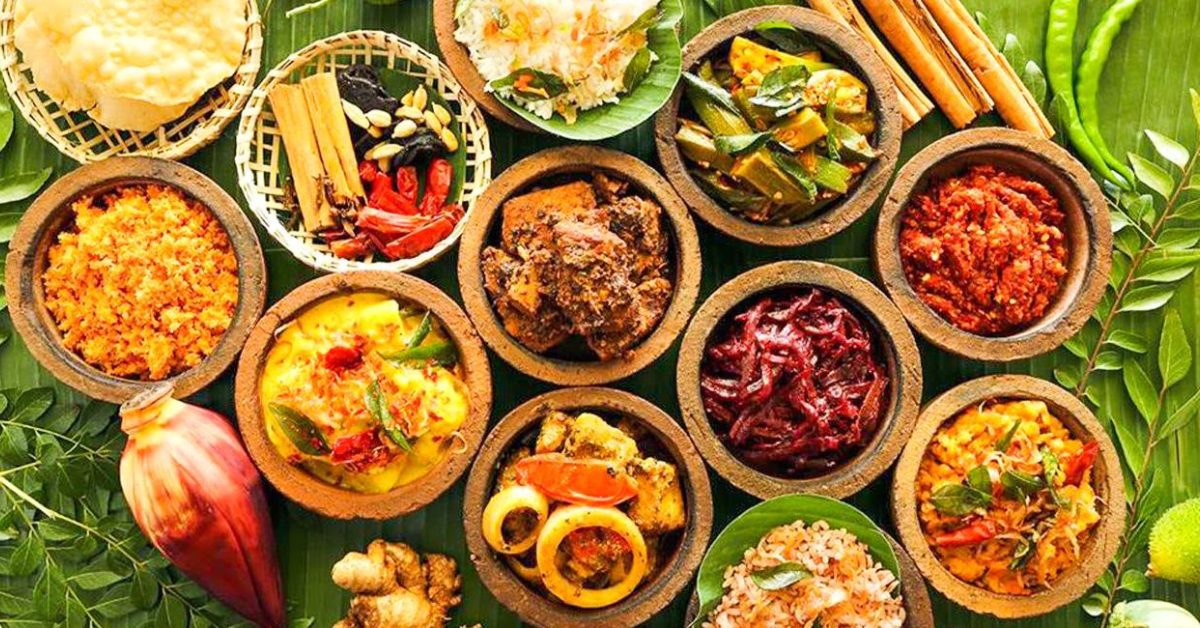
Sri Lanka on the Plate: Why Sri Lankan Food Deserves a Global Stage | When you ask, “What’s world-class cuisine?” you’re looking for flavor, culture, uniqueness, and the ability to surprise and satisfy. The culinary identity of Sri Lanka ticks all of these boxes. Far from being a derivative of neighboring systems, Sri Lankan food stands on its own: rich in spice, heavy in coconut, shaped by sea and land, and layered in history.
These signs show that Sri Lankan cuisine is not just local comfort food but a contender in global food conversations.
Given these factors, it makes sense to say Sri Lankan cuisine is ready for a “world-class ranking” status. And here are some dishes that demonstrate why.
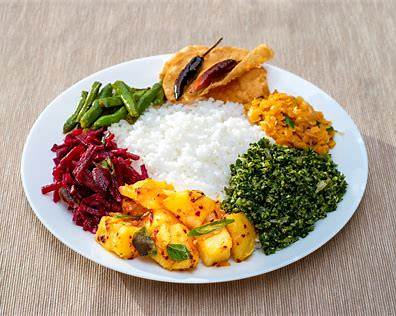
The foundational meal of Sri Lanka: steamed rice (often red or white) with an array of curries (vegetables, lentils, meat, or seafood) plus sambols and relishes.
Why it stands out: variety, bold flavours, coconut milk richness, andflavors, local spice blends. For global travelers used to a “main + side” format, this multi-component plate is exciting.
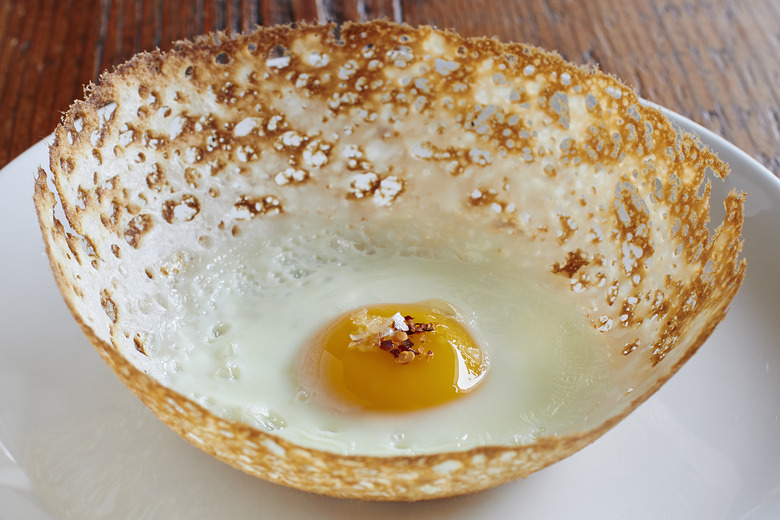
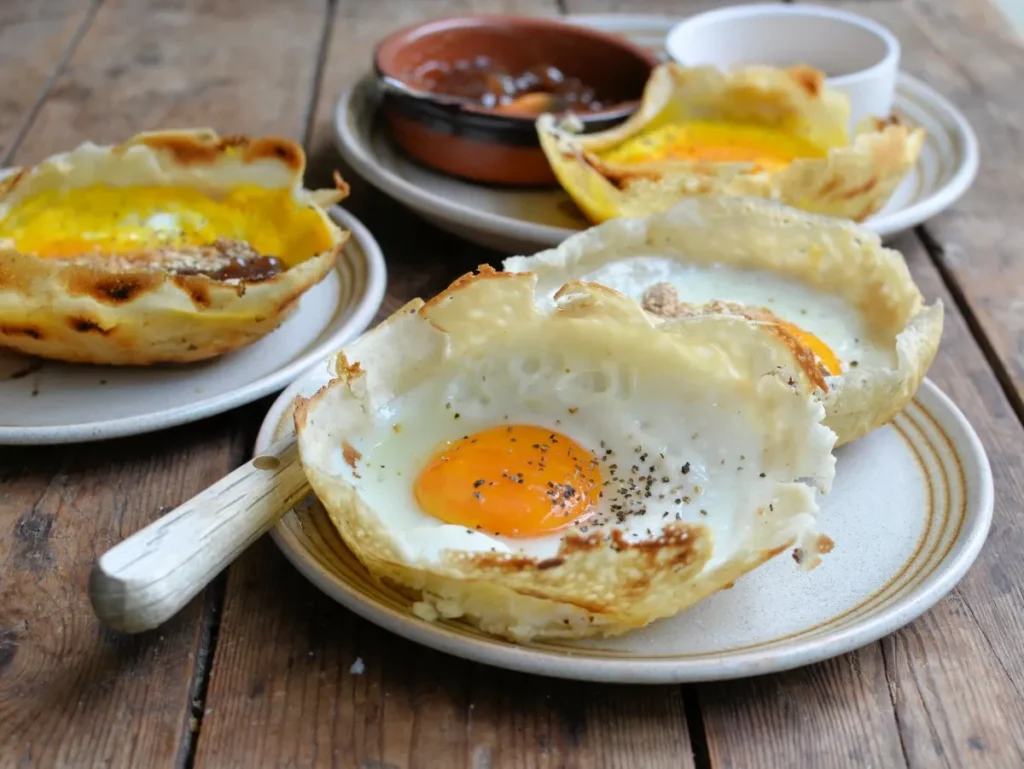
A bowl-shaped pancake of fermented rice flour and coconut milk, often with an egg cracked inside and crisp edges. Listed as a top Sri Lankan food by travel guides.
Global appeal: the form is playful, the flavor familiar yet distinct, and it works for breakfast or brunch menus abroad.
Click on here “How can women entrepreneurs benefit from going digital?”
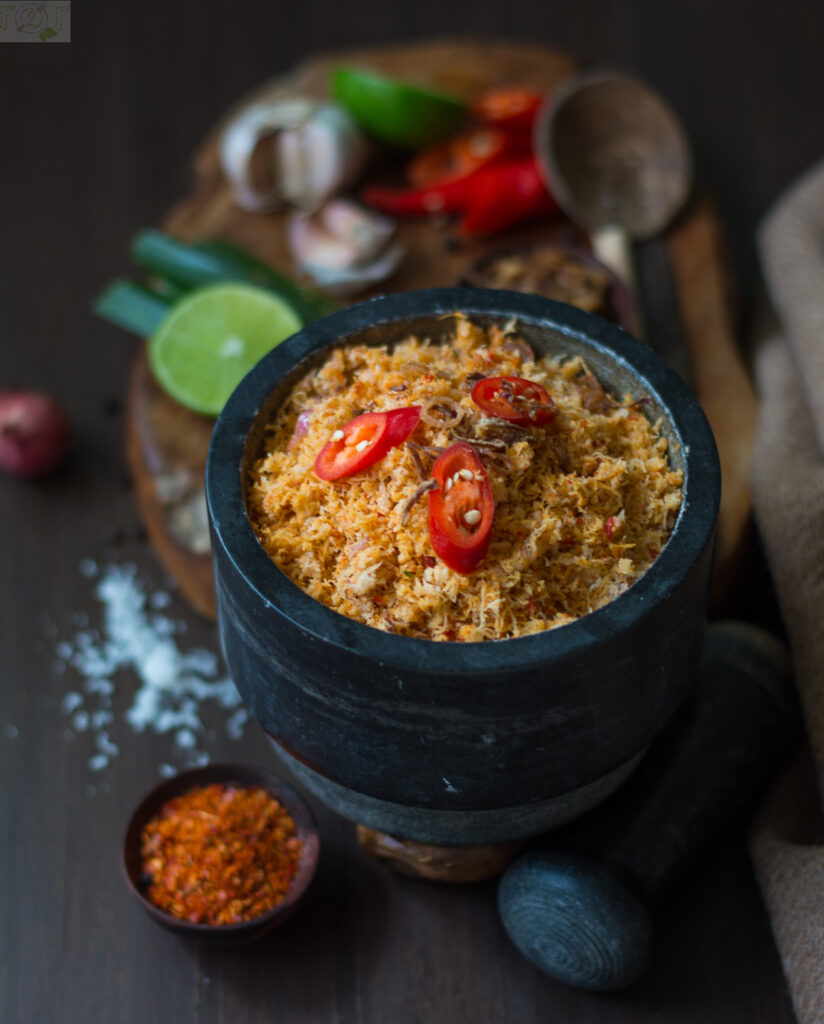
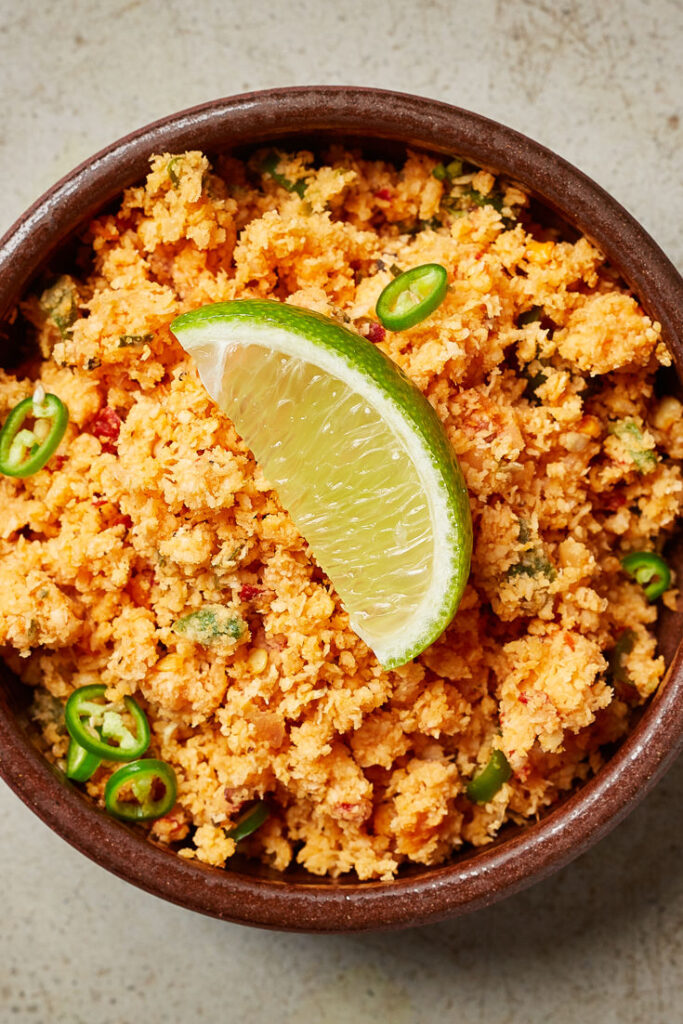
Grated fresh coconut, chili powder, lime juice, onions, and sometimes Maldive fish—this relish is bold, simple, and addictive.
Why it matters: condiments are making waves in global food culture. A unique relish like this adds depth to cuisine.

Chopped roti stir-fried with vegetables, eggs, or meat and spicy curry paste—the Sri Lankan street-food favorite.
Why it holds up: street-food culture is hugely exportable; kottu offers flavor punch and theatrical cooking (often heard clashing metal spatulas on a hot plate).

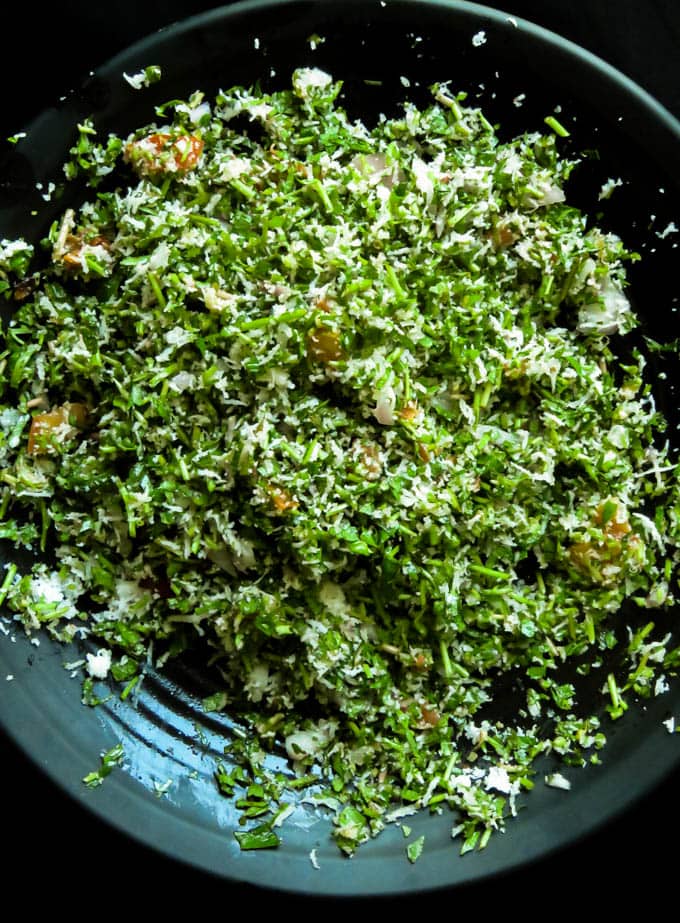
A salad/garnish made from finely chopped pennywort (gotu kola), grated coconut, onions, and spice. A vibrant green fresh component in a cuisine often heavy on curry.
Global relevance: fits health/green trends; demonstrates that Sri Lankan food is not just deep-fried or curry-heavy.

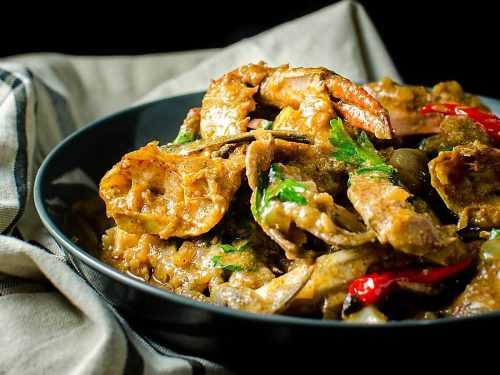
Originating from the northern region of Sri Lanka, this spicy crab curry in coconut milk/curry leaf base is a seafood standout.
Why it’s world-class: seafood is big in global fine dining; this dish has local identity and premium ingredient (mud crab) appeal.
Sri Lankan cuisine is on the verge of a breakout on the world stage. With deep roots, bold flavors, and a versatile repertoire, it can compete with cuisines long established globally. By promoting signature dishes like rice & curry, hoppers, pol sambol, gotu kola, crab curry, and kottu, the island can claim a firm seat in the “world-class cuisine” category.
For the food-curious reader, Sri Lanka offers both authenticity and surprise. For the global cuisine market, it offers freshness and uniqueness. In short: it’s time we ranked Sri Lankan food not merely as “something to try,” but as “something to celebrate.”
Click on here “Why Everyone Loves Sri Lankan Chicken Curry: A Dish Full of Flavor, Culture, and Goodness”

SatynMag empowers women with inspiring stories, expert advice, and uplifting content to fuel their strength and dreams
Welcome to Satynmag S Suite, online knowledge platform for career and personal growth. This is where you can empower yourself with cutting edge knowledge, latest know-how and grow.


